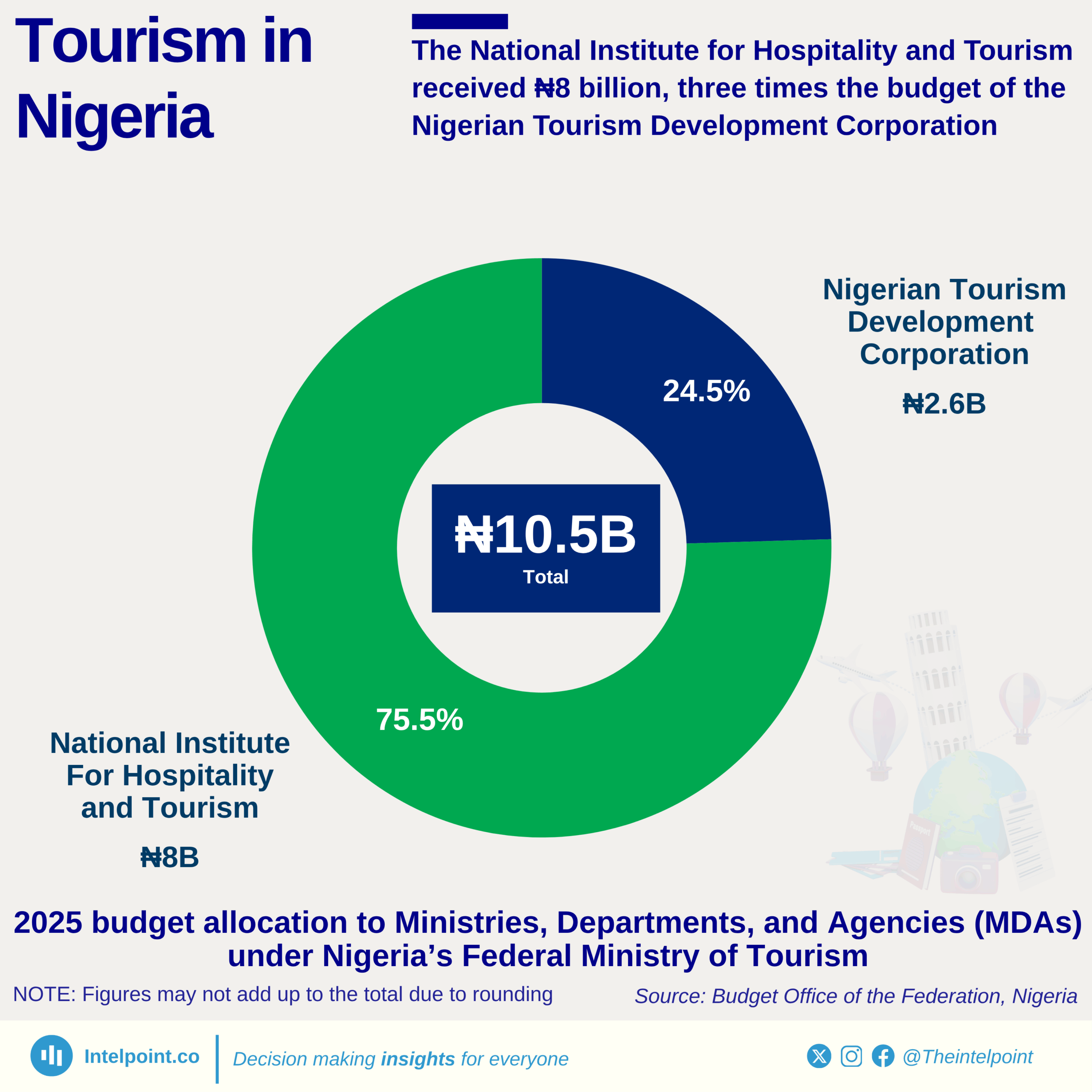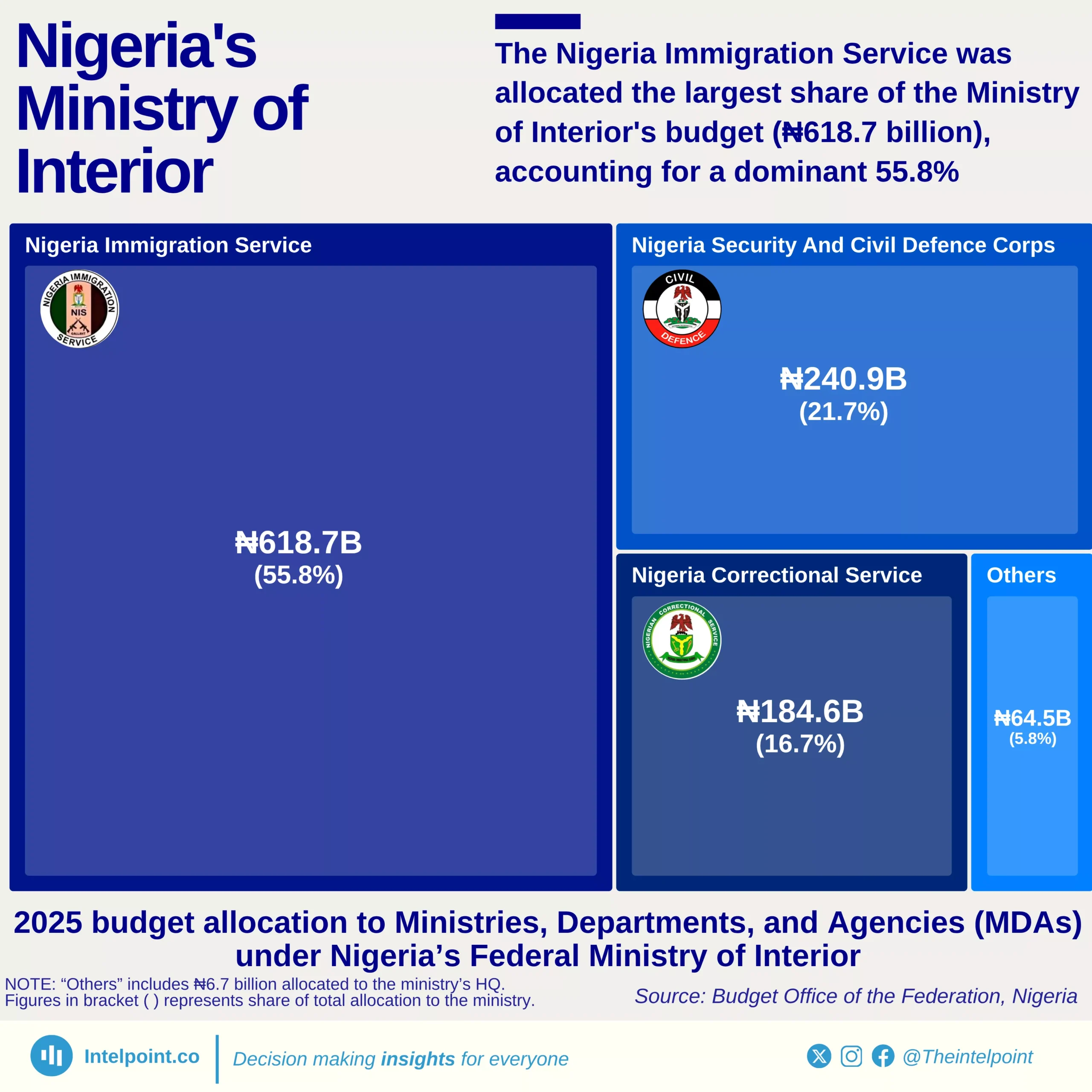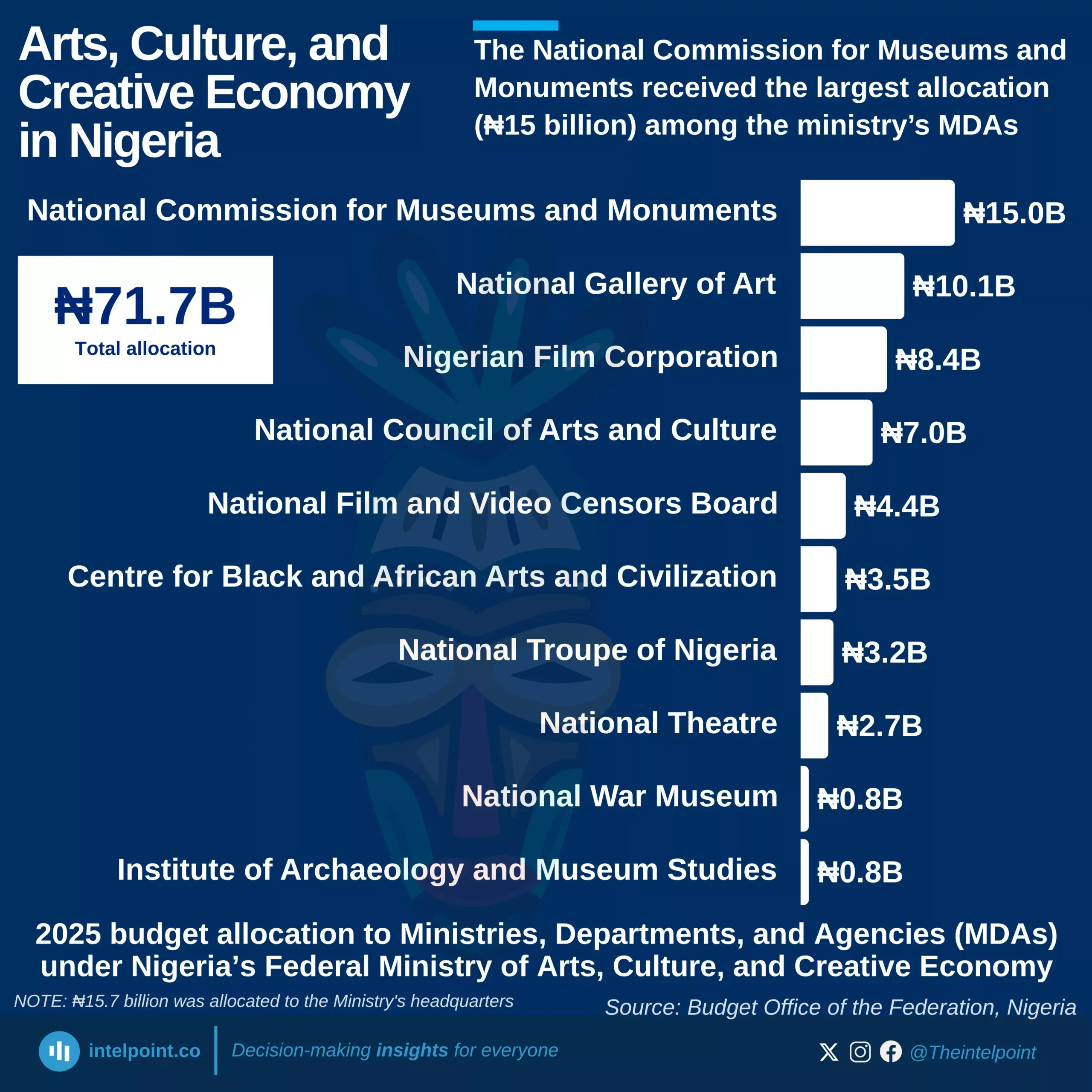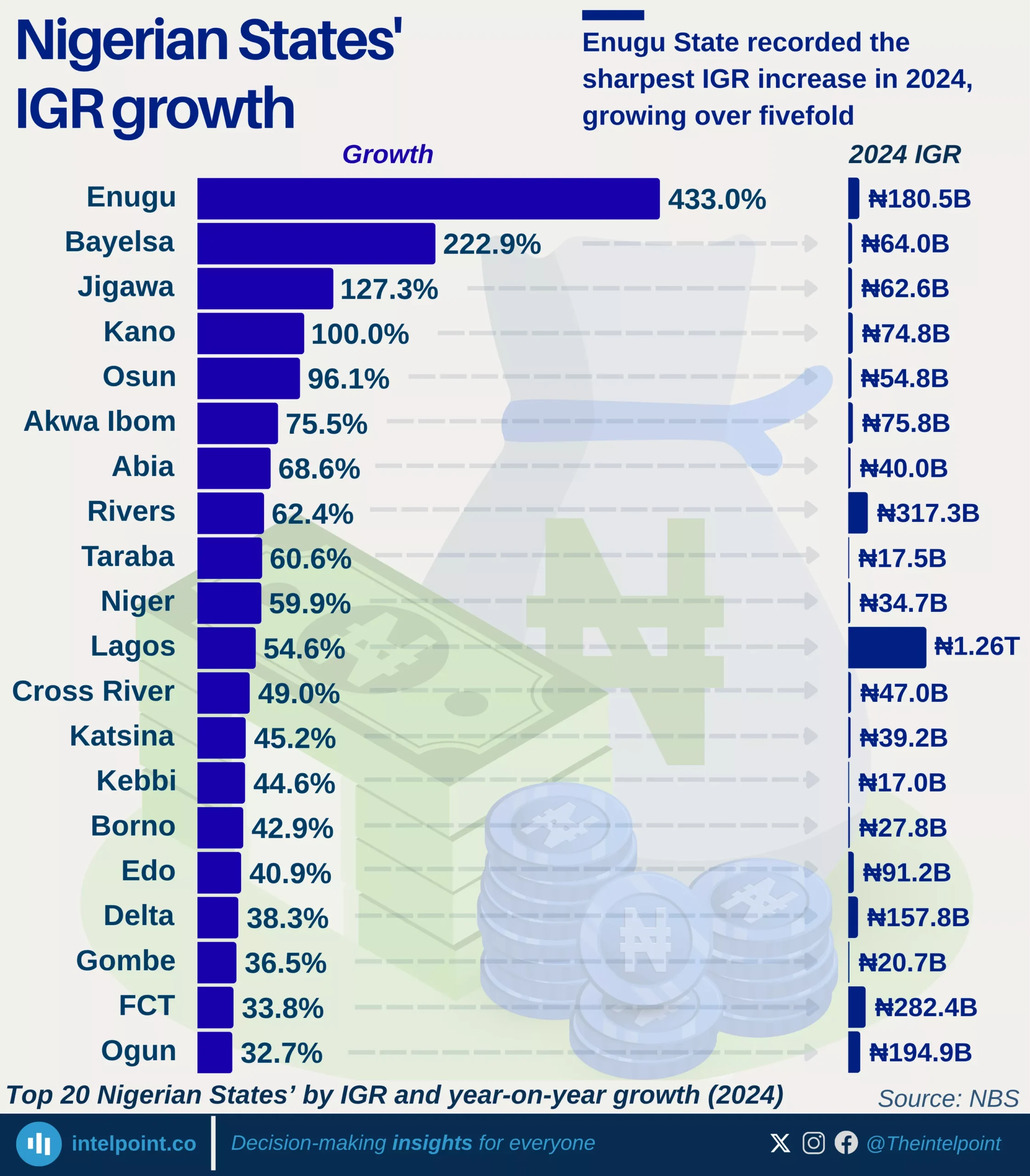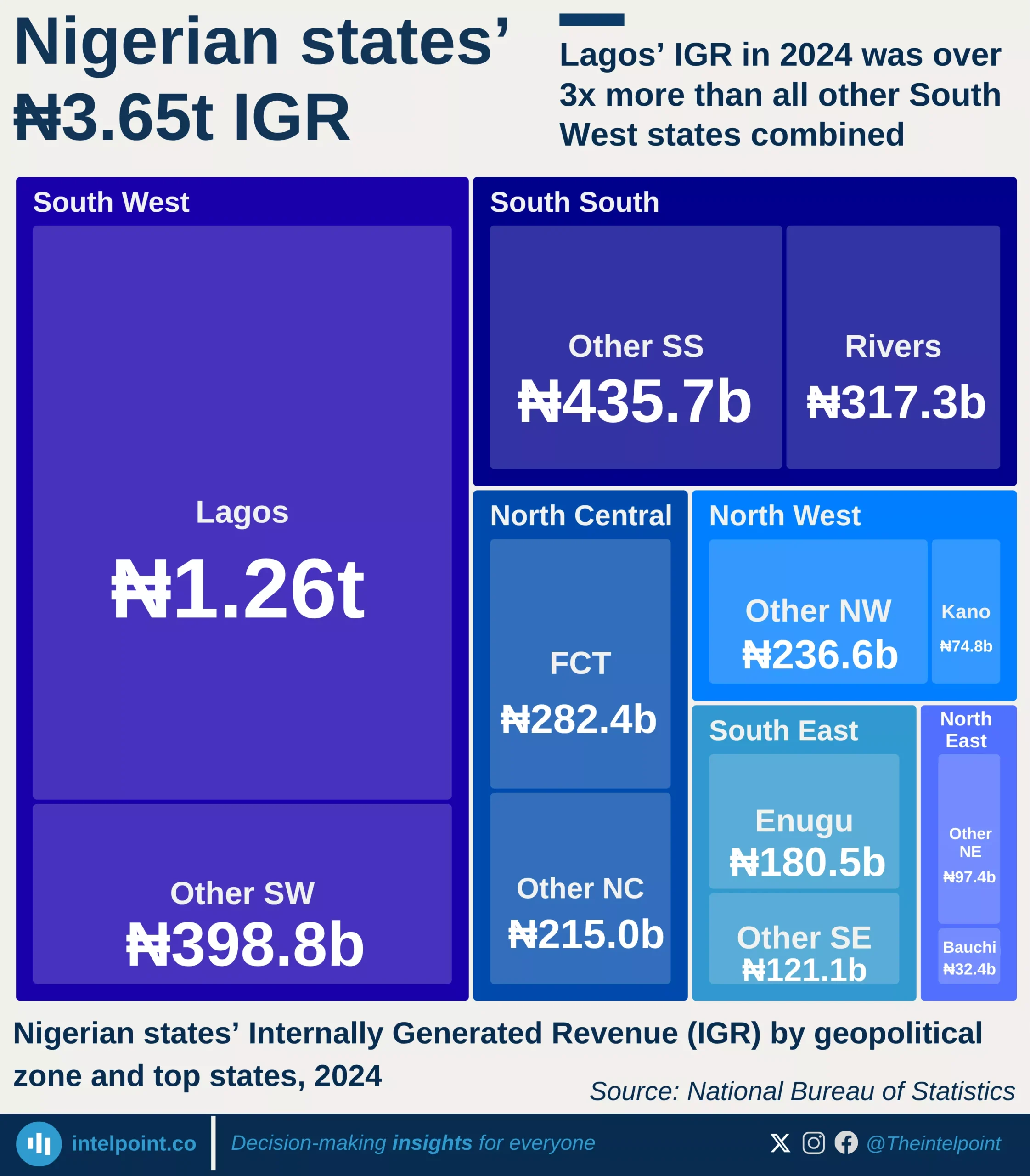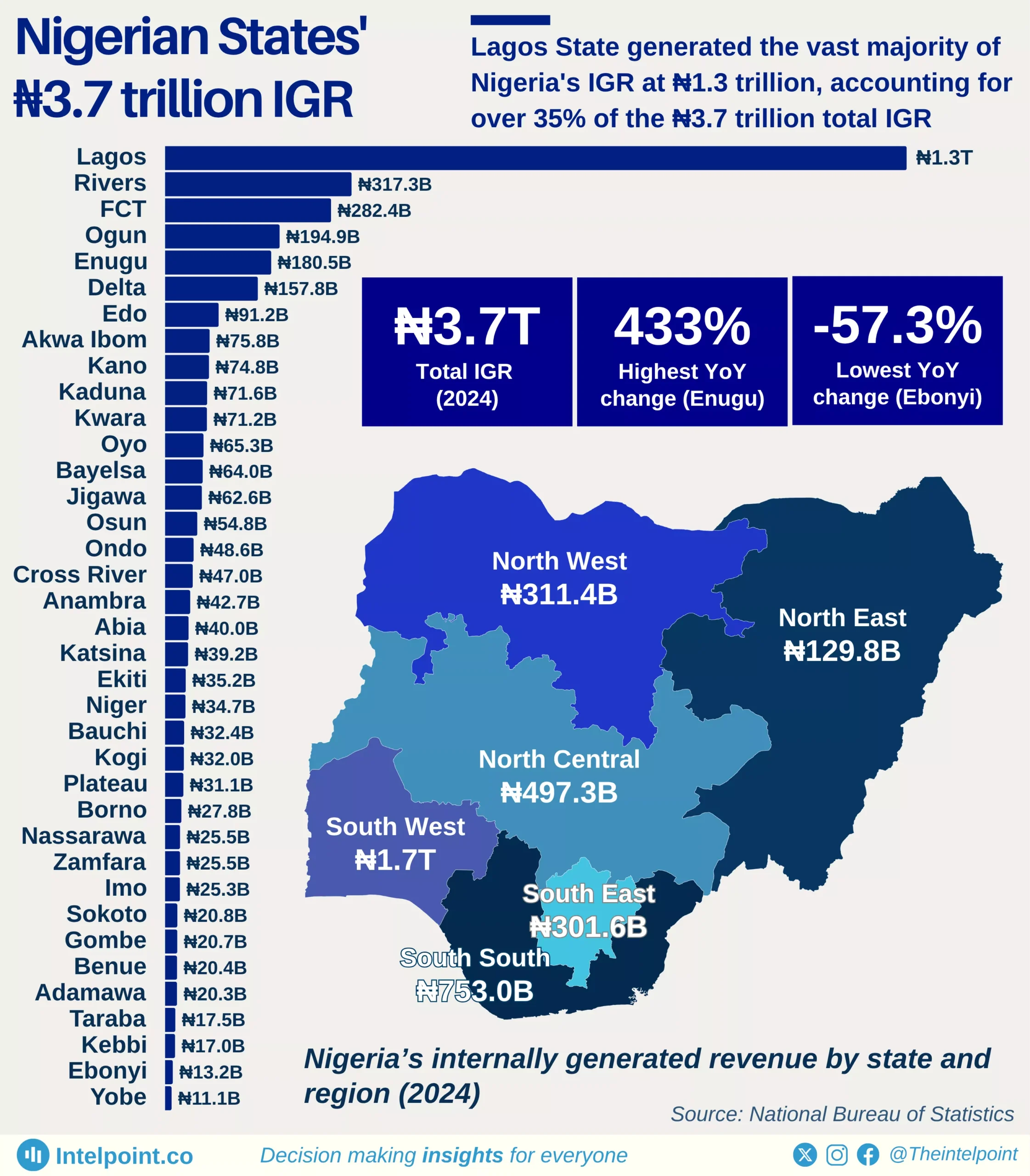Airtel Africa holds the highest market capitalisation among Nigerian public companies, standing at ₦8.11 trillion, with Dangote Cement and BUA Foods following closely behind, reflecting strong dominance in the industrial and consumer goods sectors. MTN Nigeria leads ICT stocks after Airtel, as the only two companies in the sector to make the list. In total, 16 companies have crossed the ₦1 trillion mark, spanning industries like ICT, industrial goods, oil and gas, utilities, banking, and consumer goods, underscoring the influence of key sectors driving Nigeria’s economy.
